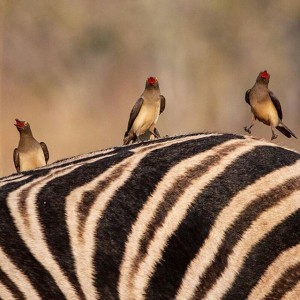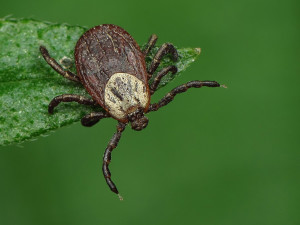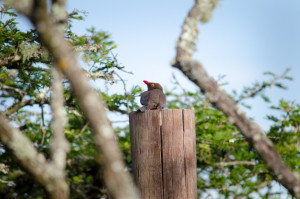 With the ever growing industry of game farming in southern Africa, it has become essential to protect and expand oxpecker populations as the most effective tool in the biological control of ticks. The area around Nlhamvini Game Reserve; Highflats and Ixopo districts, is traditionally well developed agricultural community, with many large cattle farms. Generations of cattle owners who dipped their livestock in pesticides ended up killing not only the ticks that feast on them, but also the red-billed oxpeckers that eat the ticks.
With the ever growing industry of game farming in southern Africa, it has become essential to protect and expand oxpecker populations as the most effective tool in the biological control of ticks. The area around Nlhamvini Game Reserve; Highflats and Ixopo districts, is traditionally well developed agricultural community, with many large cattle farms. Generations of cattle owners who dipped their livestock in pesticides ended up killing not only the ticks that feast on them, but also the red-billed oxpeckers that eat the ticks.
In natural environments, oxpeckers feed almost exclusively on what they can glean from the skin of large African animals. The bulk of their diet is therefore ectoparasites (ticks, lice, etc), though they do also feed on blood from open wounds. Continual pecking at these wounds is not always beneficial to their hosts, but they do keep these wounds clean and prevent both bacterial infection and infestation by Calliphoridae blow-flies. Blue ticks (Boophilus decoloratus) and brown ear ticks (Rhizicephalus appendiculatus) are the preferred food tick species for oxpeckers, so the greatest benefit to host animals and game farm owners will be in regions where there are high densities of these tick species.

Educating and creating awareness is the first step in this process of reintroducing oxpeckers to the area. It is up to Game farmers, like us, to encourage neighboring cattle farms to use oxpecker compatible dips (pyrethroyd based dips). Examples of these compounds are Bayticol (Bayers), Curatik (Agricura), Decatix (Coopers), Ectoban (CibaGeigy), Paracide (SmithKline) and Sumitick (Shell). Arsenic and organophosphate based compounds should at all costs be avoided if communities wish to collectively increase oxpecker populations in the neighborhood. An increased amount of oxpeckers will also save communities large amounts of money when it comes to the care of their cattle, as nature will take its course and the oxpeckers will assist them in the way that expensive dips have been doing up to now. An oxpecker can eat 13,000 ticks in a day, and the meals are everywhere – on antelope, horses, cattle, buffalo, rhino, lion, elephant and leopard. The ticks carry a host of illnesses including red water disease, a common killer of cattle, but are harmless to oxpeckers.

Educating the farming communities on the correct dips to use is essential for the success of the program
Since the introduction of the Oxpeckers, numbers have been increasing at a steady rate. In 2016 we hope to release some more birds on different sections of the reserve and provide more nesting structures to encourage breeding. With current tagging of individuals in progress, we will be posting a lot more regarding the Oxpecker program on the reserve, with more details regarding the process of capture and release.

Old fencing posts have been the ideal nesting sites for the Oxpeckers. As old fencing gets removed from the reserve, these posts we leave behind and create a nesting site for future breeding to take place in
